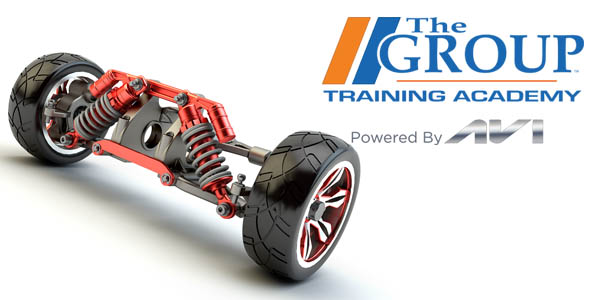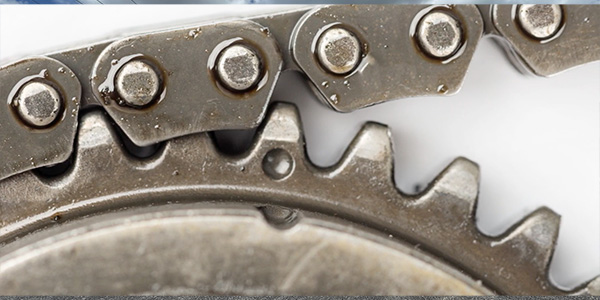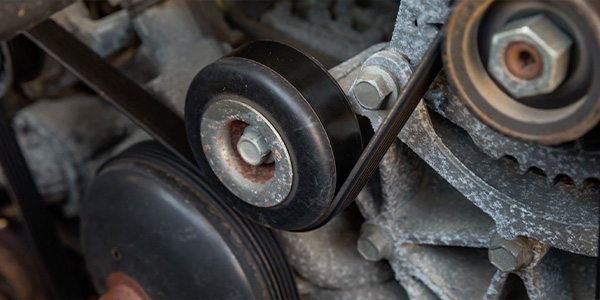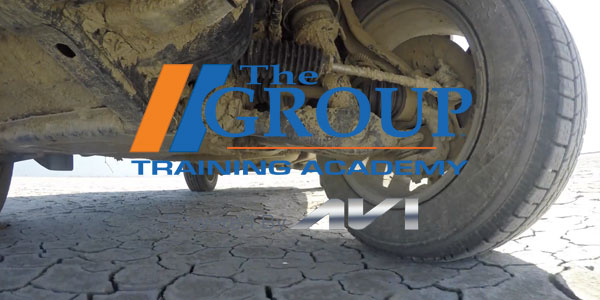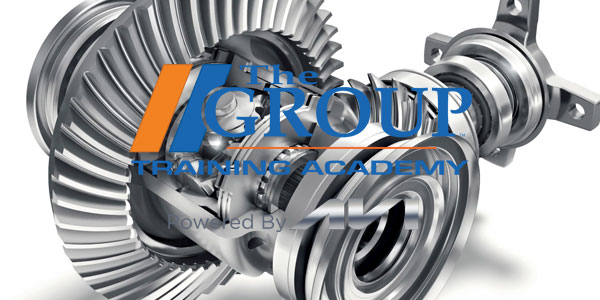This video is sponsored by Bar’s Leaks.
Power steering uses fluid to provide a hydraulic assist as you turn the steering wheel. A loss of power means there isn’t enough pressure forcing the power-steering fluid through the system. Let’s look at a couple reasons this could happen.
One potential cause is a bad power-steering pump. One of the signs of a pump problem is a humming or whining noise when trying to steer. If the power-steering fluid reservoir is relatively full and the driver isn’t getting any power steering, the customer probably needs a new pump.
A less-common cause of power-steering loss is a clog in the power-steering system. In some cases, rust from worn components or contaminants from dirty power-steering fluid can restrict the flow of power-steering fluid through the system. If this is the problem, a simple fix is draining and flushing the power-steering system and adding fresh power-steering fluid and a stop-leak power-steering fluid additive.
Another possibility is air in the power-steering system. Although this can be tricky to diagnose, it’s usually caused by loose seals or bad O-rings that allow air to leak into the system.
But the most common reason for a loss of power steering is a fluid leak. With fluid constantly being forced through the power-steering hoses at high pressure, it shouldn’t come as a surprise that one of them could spring a leak.
If your customer suspects the problem is a fluid leak or air in the system, you might want to recommend that the customer tries refilling the power-steering fluid while adding a power-steering repair formula to the system. These products are specially formulated to fill the leaks in a power-steering system, restore O-rings and other seals and bring the power steering back to working order. If it works, you’ll help your customer resolve the issue without incurring an expensive repair bill.


